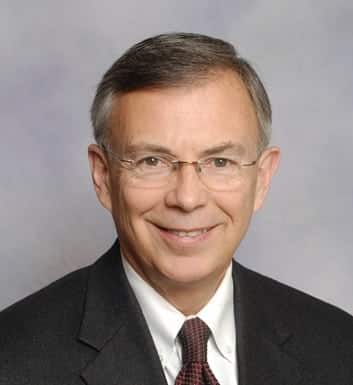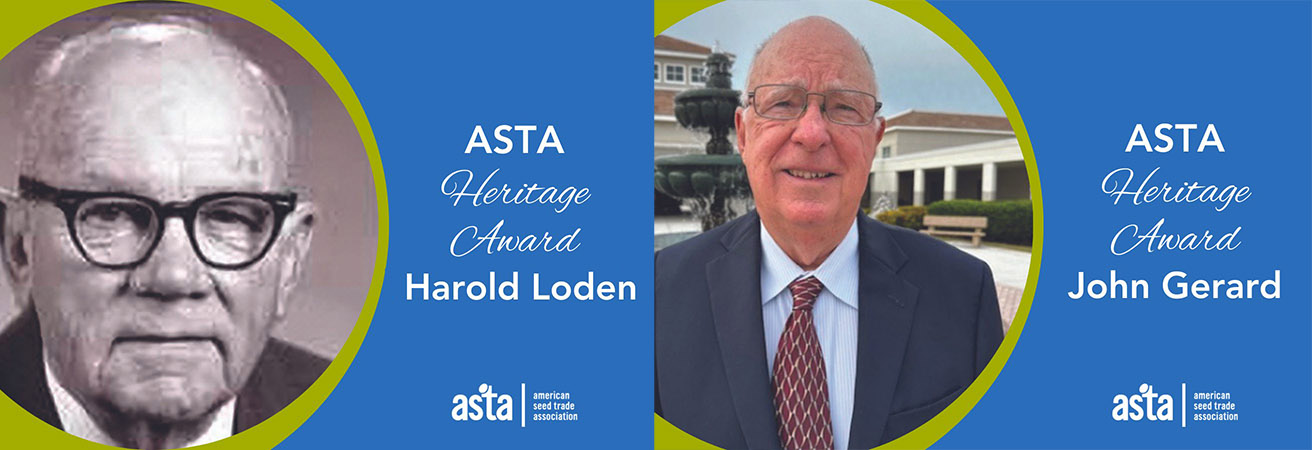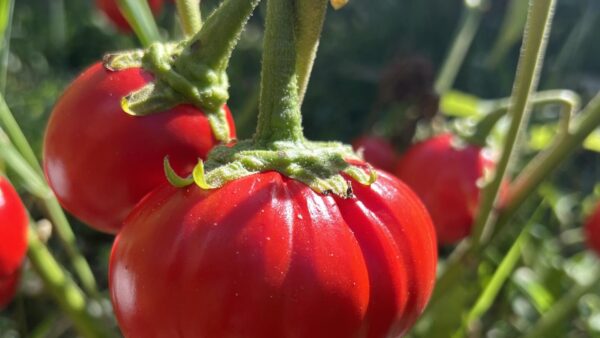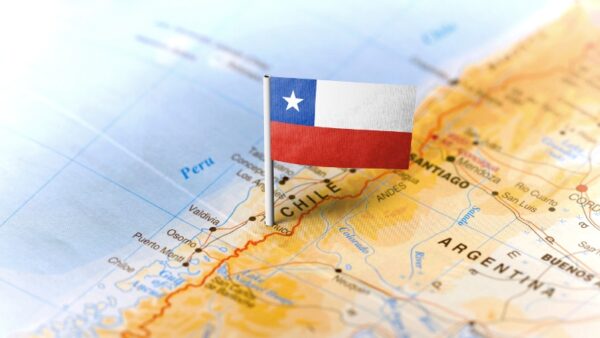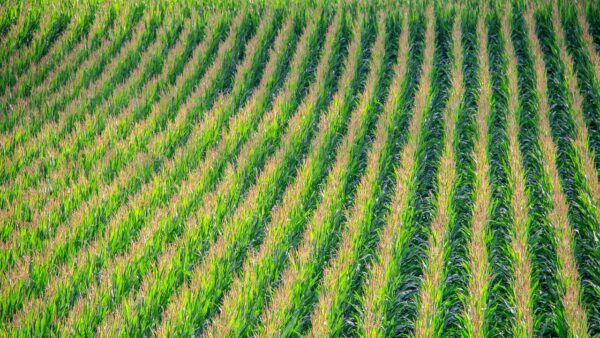Ric Dunkle, Senior Director of Seed Health and Trade for ASTA, discusses transitioning from working with the federal government to ASTA and some of the difficulties while moving seed internationally.

Seed World: What’s your favorite film?
Ric Dunkle: My latest favorite is I Can Only Imagine.
SW: Best way to spend a Friday night?
RD: Snuggling with my wife on the couch chowing down popcorn!
SW: Who was your most notable mentor?
RD: I have been very fortunate to have had terrific mentors throughout my career. In addition to my dad who taught me common sense and how to fix and build things, I would say my major professor in graduate school, Dr. Frank Strong. He told me many times that once I got that graduate degree, it didn’t mean that I was necessarily an expert in my area of study; it primarily meant that I demonstrated an ability to learn, and once I was 20 years or more removed from the pursuit of my degree, chances would be that I would be doing something quite different, and he was right! My graduate (Ph.D) degree was entomology/insect pathology; I eventually got into program leadership and policy, and now my focus in ASTA is back on science in seed/plant pathology, I’m glad I minored in plant pathology in graduate school!
SW: What was the transition like to the seed industry after working with the federal government for 35+ years?
RD: Actually the transition was quite smooth as ASTA and many of its members were stakeholders when I was in the USDA. At first it was very different as there was definitely less red tape and bureaucracy, and I had to transition from a regulatory mentality to more of a service mentality. It has been quite revealing to witness the impacts of regulatory policies and decisions from the private sector perspective. I think that one value I did bring to the table for the seed industry was my background /expertise in technical and regulatory matters where I have been able to provide counsel to many of our members in those areas.
SW: How did you start working with international phytosanitary issues?
RD: It basically began when I became the Animal and Plant Health Inspection Service (APHIS) deputy administrator in 1999. One of the responsibilities of that position was to represent the Federal government as the U.S. delegate (head of National Plant Protection Organization/NPPO) to the International Plant Protection Convention (IPPC) which is the international body responsible for developing and adopting international phytosanitary standards that member countries (now 183) use to regulate agricultural trade. Over that period of time, I participated in many IPPC activities including standards development, international capacity building, and strategic planning. As the APHIS deputy administrator it was then my job to ensure that bilateral trade agreements and other phytosanitary matters were addressed and resolved based on these IPPC standards.
SW: What are some of the biggest problems you see with international seed movement?
RD: Since my tenure with ASTA which began in 2008, international seed movement has grown tremendously and has become much more complex. Many countries around the world have likewise observed this trend and have been imposing additional phytosanitary requirements often for pests that are not technically justified according to IPPC criteria. For example, for tomato seed alone, there are over 200 pathogens that are regulated collectively around the world; and to further add to this complexity, companies also conduct a lot of seed re-exporting before the seed reaches its final destination. Internationally recognized seed health tests do not exist for many pathogens in question, so many countries are using different test methods for the same pathogen which often yield discrepancies in test results. Impacts to the seed industry include huge costs for seed health testing and seed treatments, rejected shipments that are often not technically justified, and overall uncertainty, as most phytosanitary requirements still are not harmonized internationally. In 2017 the IPPC succeeded in adopting an international standard for seed movement which should go a long way to eventually resolving some of these problems.
SW: No. 1 priority for 2018?
RD: ASTA has been in partnership with APHIS to develop a new approach for regulating seed movements internationally which could provide a better option both for NPPOs around the world and the seed industry. This new approach will utilize a systems approach whereby seed companies will be able to become accredited based on the strength of their quality seed production and processing practices in reducing or managing overall phytosanitary risk. Under this accreditation, companies will be able to move their seed internationally without obtaining individual phytosanitary certificates for each shipment. This APHIS project is called ReFreSH which stands for Regulatory Framework for Seed Health. APHIS has been working with several “like-minded” countries that are also interested in this idea. So my No.1 priority this year is to work with APHIS to get a pilot project with several other trading partners up and running to test this concept.


